Terry calistegia and its cultivation

Thanks to modern technology, today we are able to grow many flowers and various crops that were previously inaccessible or unsuitable for cultivation. One such large category is vines. These plants have amazing vitality and growth rate, while admiring an abundance of bright and beautiful flowers. One of these examples is calistegia. We will tell you about what kind of plant is hidden behind an unusual name, how to care for it, about the nuances of flowering and much more in our article.
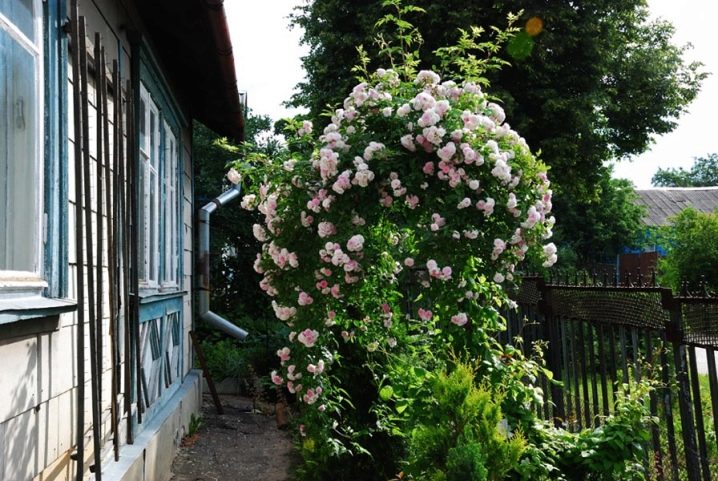
Description
Terry calistegia is a climbing vine. This flower comes from the bindweed family. The plant is believed to be native to East Asia (North China).
Due to the fact that the plant is a vine, it has a highly developed root, which grows violently and quickly.
The loach can grow up to 4 meters in length, while having a stem thickness of 4 mm. The size of the rhizome of a young plant is one and a half meters in diameter, while it is actively increasing. Its leaves are in various shades of green, in the shape of a triangle or heart, very similar to the leaves of grapes on a smaller scale. The leaves are "terry" to the touch, wavy at the edges.
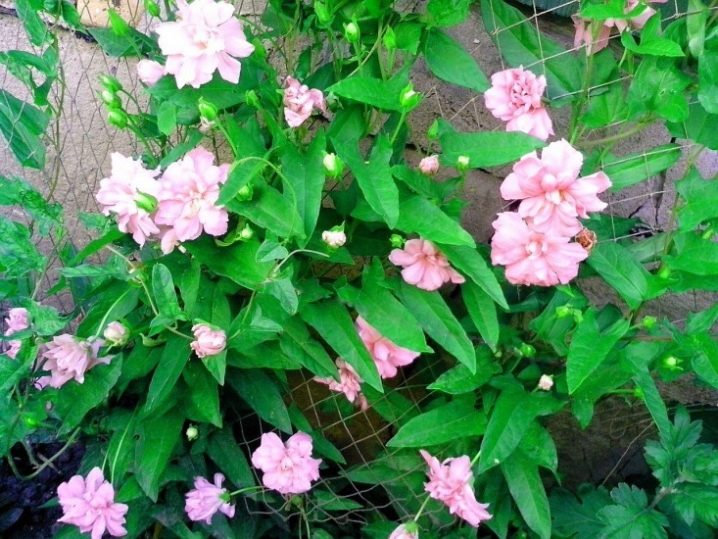
But the main part of the characteristic mainly concerns the flowers of this plant - the buds are pink, dusty shade, turning into white. The flowers are lush, the petals are more free than those of pink flowers. With proper care, the resulting flowers are very similar to those of roses. Their diameter reaches 12 cm, but usually the flowers are slightly smaller. After the end of flowering, “fruits” are tied in place of the flowers - small boxes with seeds inside. In winter, like most plants, calistegia hibernates.
Of the 25 varieties growing on the domestic territory, only three varieties are decorative. Another name for the flower is Siberian rose. Some stores call the plant quite simply - perennial bindweed.
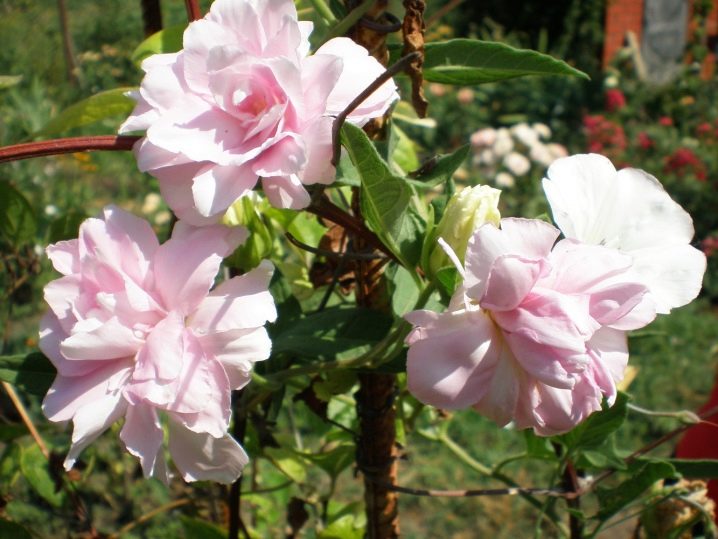
Landing features
This flower does not tolerate a transplant, so you need to choose a place right away, taking into account that the plant is comfortable here for the next 20 years. It is best to plant the vine in the sunniest part of the site (usually the south side). Lianas grow better in higher elevations than in ravines.
Also, you do not need to plant the plant in a wetland or in an area where water accumulates - so the roots of the plant will quickly begin to rot. Buildings (fences, walls, etc.) that create a shadow that the vine does not tolerate are considered bad neighbors for a flower. A relatively ideal condition for calistegia in this regard is light partial shade. However, the more illuminated the area, the more greenery and flowers there will be on the plant.
This will also affect growth in general - the vine will grow violently in sufficient sunlight.

In the place where the vine will grow, the soil should be loose and fertile. It is advisable to pre-mix the sand with clay and add to the planting hole.
A store-bought seedling is the easiest to plant. Planting takes place in the spring, but the soil must be prepared in advance, even in the fall. You need to mix 10 kg of humus, 2 cups of wood ash, 2 tbsp. l. mineral additive, 1 glass of dolomite flour and add to the site of future growth. Before planting, the soil must be dug up, and also rid it, if possible, of all weeds.
Seeds for planting, as a rule, are not used - preference is given to seedlings. Before planting, you must first dig a hole about 40-50 cm deep. After that, you need to pour there (in addition to sand and clay) mineral fertilizers, ash, humus and place the seedling itself.
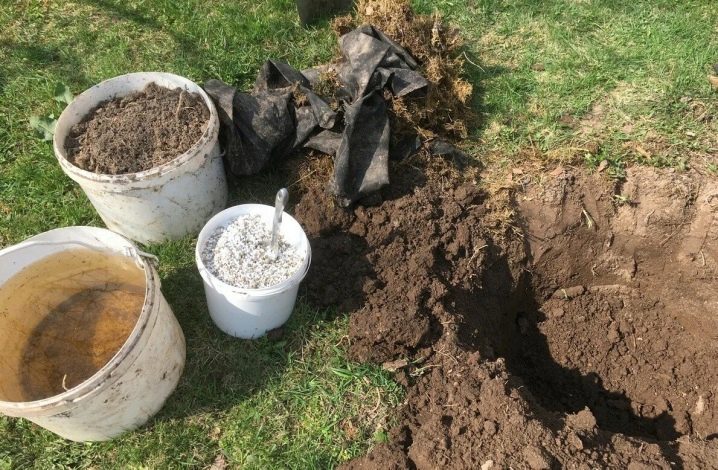
The seating scheme is quite simple - the calistegia is seated in one row at a distance of at least 25 cm. It is not necessary to plant bindweed closer - they can strangle each other during growth.
Around the planted plant, you need to dig in slate or boards a few tens of centimeters deep so that the vine does not grow. Some gardeners plant the plant in a bottomless barrel for the same reason. If you do not prevent the growth of the roots of the plant, then it will quickly turn into a weed, which will be difficult to get rid of.
It is not recommended to plant the plant next to other flowers. Calistegia usually prevents other flowers from growing nearby.

The nuances of care
In order for the vine to grow, no special efforts are required in terms of care. It will be enough to install a support no more than 10 cm wide for each vine, and it will grow, wrapping around it. However, in order for it to bloom, you need to follow a number of recommendations.
Watering and feeding
The plant is drought-resistant. It practically does not need watering - the liana has enough precipitation and groundwater. The exception is too hot and arid climate, as well as prolonged drought. First years need watering - they need to be watered as the earth dries up. An adult plant in this regard can do on its own. Watering too often can cause plant roots to rot. The same applies to the case if water often stagnates at the place of growth.
Unlike watering, fertilizing for calistegia is mandatory. The reason for this is the abundant flowering, which takes a lot of energy. It is recommended to feed the plants once a month with mineral fertilizers and once a month with organic fertilizers. With the onset of autumn, until the plant hibernates, every 8-10 days you need to water it with a solution prepared from 1 tbsp. l. fertilizer and buckets of water. From time to time, you need to sprinkle ash on the trunk circle.
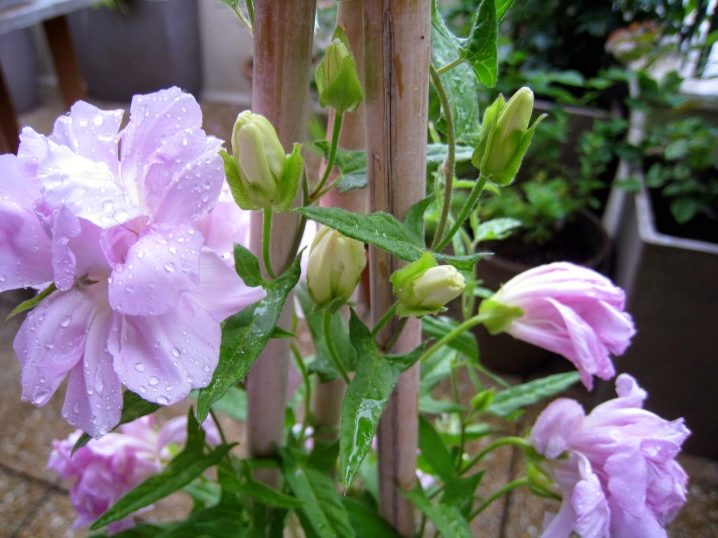
Pruning
Growing vines requires pruning. Calistegia flowers bloom for just over a week. Thus, the wilted buds must be cut off. It is advisable to cut the flowers weekly. As it appears, you need to cut off dried shoots or other parts of the vine. Roots should also be removed regularly so that the vine does not grow too much. Some gardeners believe that pruning dead flowers is unnecessary, and that it is just a matter of aesthetics.
It is worth remembering that this only applies to flowers.
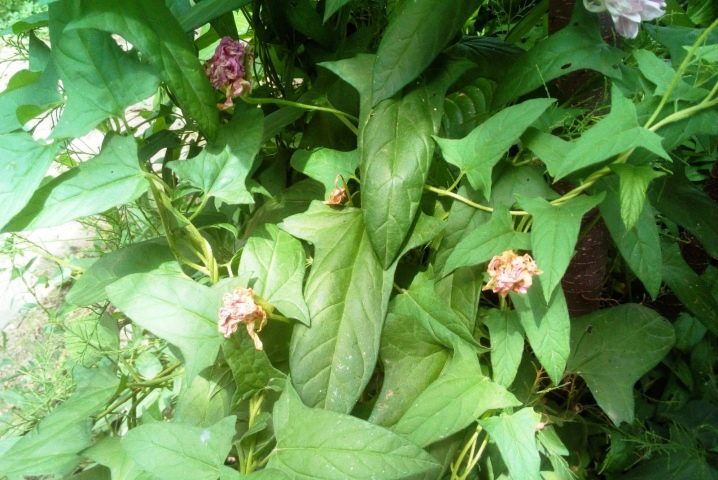
Preparing for winter
The advantages of the plant include its frost resistance. Preparation for winter should be carried out only in cold regions or on the eve of a particularly cold winter. When growing calistegia in Siberia, it is necessary to remove the entire ground part of the plant and sprinkle the soil in this place with sawdust, leaves or peat. Exceptions are also very young plants at the age of 1 or 2 years. In the spring, the plant wakes up almost by the beginning of summer.
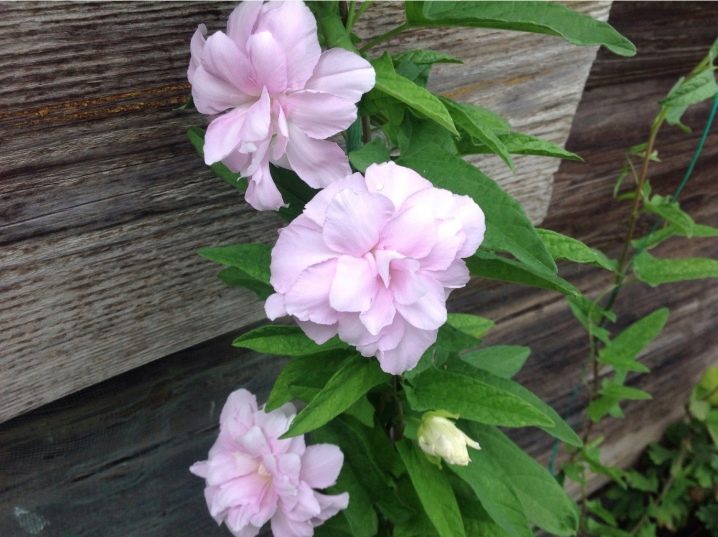
Reproduction
The most popular breeding method for lianas is by using root shoots. It is enough to dig up one from the mother plant and plant it in the right place, and then water it. First, you need to treat the future seedling with antiseptics. After planting, the seedlings are covered with cut plastic bottles to create a greenhouse effect.
Seed propagation, as already noted, is usually not practiced. This breeding method is used only for wild varieties. It is worth remembering that hybrid varieties often have sterile seeds.
Reproduction by cuttings is allowed in the spring.To do this, a branch is cut from the mother's stem, which has 3 or 4 living buds. All leaves must be cut off, leaving only the top 2 or 3 leaves. The cut must be treated with an antiseptic and coated with Kornevin. Then the branch is dried for about 30 minutes and placed in water. After the cutting has taken root, you can plant it in the soil.
In general, calistegia can be propagated all warm and hot seasons - from spring to autumn.
When planting in autumn, you need to insulate the soil around the plant so that it does not freeze by the spring. It is also best to cover it with any non-woven fabric.

Diseases and pests
As it has already become clear, calistegia is a rather tenacious plant. This is possible due to her strong immunity. In most cases, the vine remains resistant to pests and diseases. But in rainy periods, it can pick up fungal diseases: powdery mildew, root rot. In this case, treatment can be carried out with Fitosporin or other fungicides. To prevent fungal diseases, plants are sprayed with various fungicidal solutions in the spring.
The main enemies for the leaves of the vine are snails and slugs. If they are available, you need to treat the plant with Karbofos or sprinkle crushed eggshells around the trunk. And you can also fight pests with lime by sprinkling it on the trunk circle.
If the calistegia is struck by a spider mite, then it must be treated with Aktara.

Application in landscape design
Lianas are loaches and therefore become the best decoration for arches in the garden. Calistegia is often planted near the fence, which she later wraps around, as well as next to various buildings.
Often, the plant decorates the unsightly walls of private houses, sheds or other buildings with a scattering of its flowers.
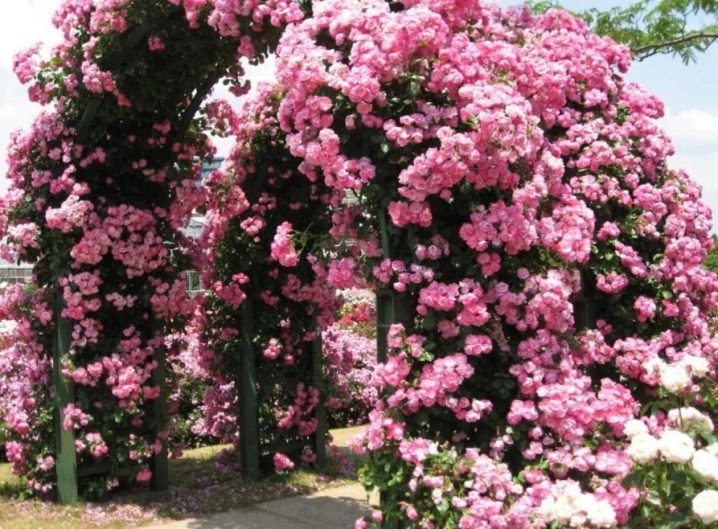
The liana is also planted as a future living "screen", as well as to decorate balconies with greenery and flowers.
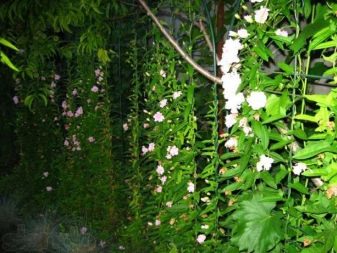
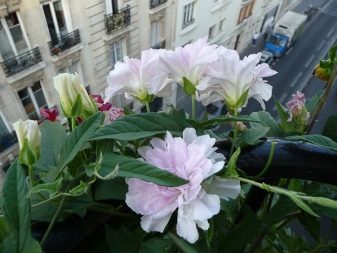
The perimeter of the site, decorated with a living fence made of this liana, looks quite beautiful. The plant can be a decoration for a gazebo. In rare cases, the plant is planted in a pot, which is later placed on the veranda or brought into the house. Calistegia can braid a veranda or home windowsill.
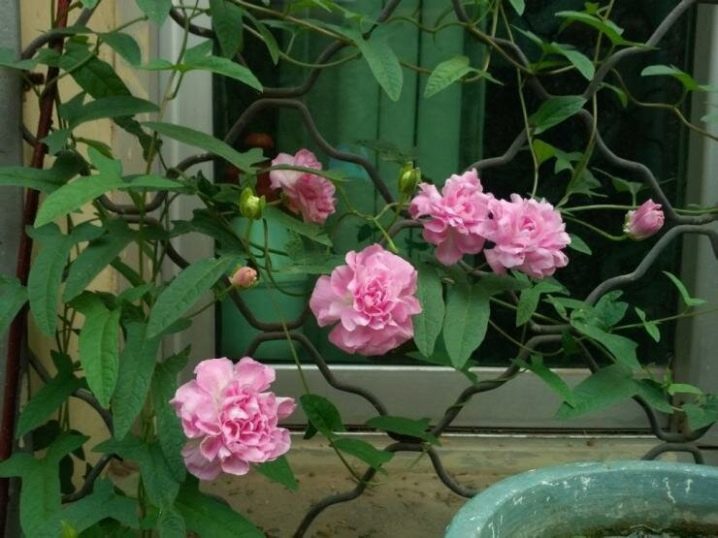
Liana and any tree with few leaves are considered a good tandem. Sometimes used to hide various irregularities in the landscape.








































































































The comment was sent successfully.